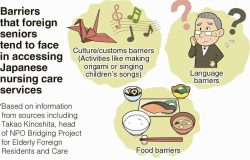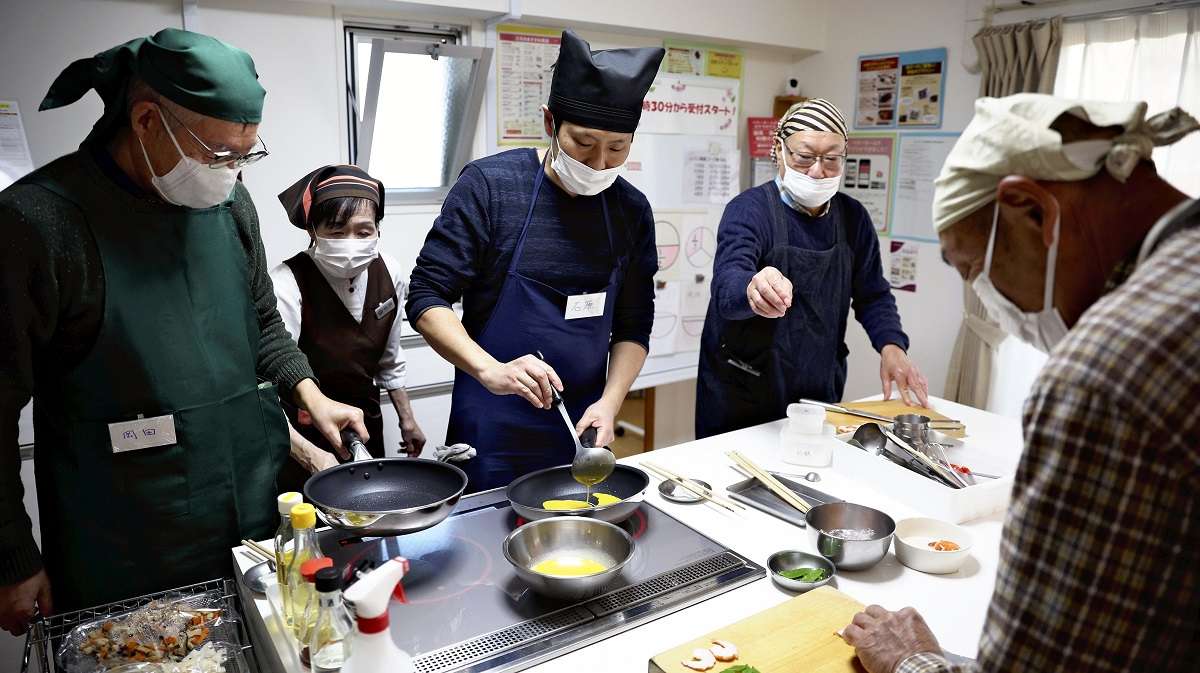
The reporter, third from left, makes a paper-thin omelet at a cooking class in Naka Ward, Nagoya. Behind him is instructor Junko Takeuchi.
11:42 JST, May 27, 2024
In recent times, I’ve been getting more “consultation needed” warnings on my medical checkup results. Besides being 40, another reason why I’m receiving so many warnings comes to mind: eating out more since beginning to work away from home.
Frankly, I can hardly cook. But I will never get started if I don’t take the plunge, so I began by signing up for a cooking class.
Learning the basics
There are several cooking schools for beginners around my workplace. I visited a Nagoya school run by the Tokyo-based Better Home Association that has run male-only cooking classes since 1991.
Entering the room, I was relieved to see the smiling faces of the instructor and staff. The theme of the class was to learn basic techniques to cook washoku Japanese cuisine. In teams of four, students cooked three dishes: gomoku-zushi (a type of sushi with ingredients scattered onto or into vinegared rice), clear soup of fu wheat gluten and mitsuba Japanese parsley, and pickled cucumber. My teammates were three seniors who had been attending classes for a year and a half.
I learned how to hold a kitchen knife: to cut a hard lotus root, grip the handle firmly with all but your index finger and put your dominant foot one step back. I also learned how to find the right temperature for frying a paper-thin omelet, and the correct timing to take out kombu and dried bonito flakes from hot water when making dashi soup stock. My teammates had to advise me because I was so clumsy.
While I left the sushi ingredients to simmer in dashi, I was struggling to follow the steps of deveining shrimp and chopping cucumbers.
“It’s a good exercise for the mind to cook multiple dishes at the same time,” said teammate Shinichiro Ando, 67, who told me he began coming to the class after retiring.
I was about to lose my concentration, but somehow managed with the help of my teammates commending me on my shredded omelet — “Good job!” — or my tying up mitsuba for garnishing — “Not bad!” I was thankful for the teamwork. I wondered if I could really do this all alone.
I tasted my cooking and felt the umami of the dashi. However, to tell the truth, I found it to be plain. Maybe I got so used to the strong flavors of restaurant food.
“Cooking allows you to adjust the amount of seasoning yourself and become more conscious of your health,” instructor Junko Takeuchi, 62, said.
Another teammate, Yoshiaki Okada, 65, said he started cooking because “I’ve seen my father having a tough time living alone after my mother was admitted to a nursing home as her dementia worsened.
“I’d completely relied on my wife, but once I started cooking, I feel like I’ve gained some vitality for life.”
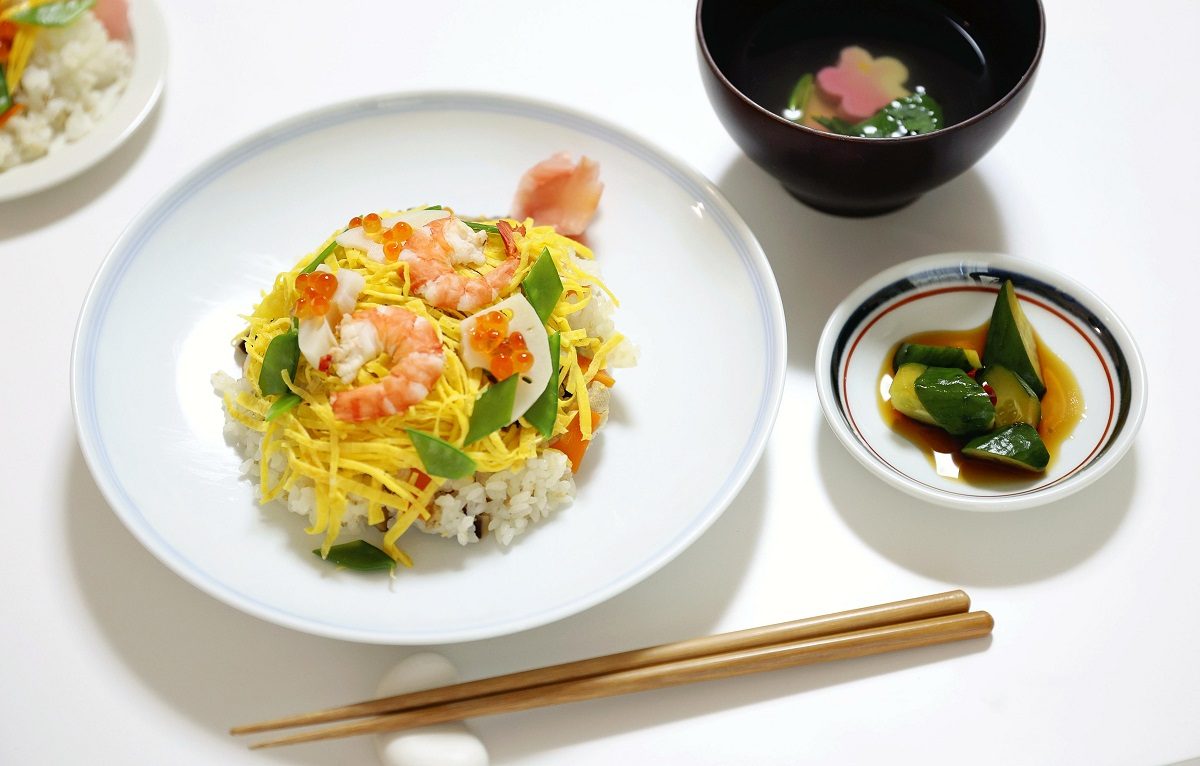
Clockwise from left: Gomoku-zushi, clear soup and pickled cucumber
Different motivations

Yoshiyuki Otsuka
Last year, the Better Home Association conducted a survey on 189 students at its schools asking why they signed up (with multiple answers allowed) for cooking classes and found 59% started as a hobby or for fun, 53% as a challenge, and 12% out of necessity or for health reasons.
Those who have no choice but to cook for their family may find such answers to come easily. But for me, it was good that I was able to take the first step.
The association got feedback: A man in his 70s said he “became more mindful of a well-balanced diet,” one 60-something man said he “began closely monitoring calories,” and another said he “became more interested in kitchenware.”
Better Home Association Chairman Yoshiyuki Otsuka, 73, said in his early years before joining the association, he was so busy that eating meals was solely for satiating hunger.
“Now I realize that diet is very important because it directly affects our lives,” Otsuka said. “Cooking enriches people’s lives.”
Starting with tools
Being a novice, I wanted to check out some professional kitchenware and went to Kappabashi Dougu Street in Taito Ward, Tokyo, during my return to Tokyo. About 160 stores specializing in tableware and cooking utensils line the street. The items available there are mainly for restaurants but also attract general customers who are particular about their tools.
The kitchen knife specialty store Kamata Hakensha has about 800 knives of various types. Prices range from ¥10,000 to ¥300,000.
The shop’s Seiichi Kamata, 70, said he explains to customers the details of the knives — their types, use and materials. However, the words, “Professional chefs use it, too,” were the deciding factor for many male customers’ purchases. The shop’s twice-monthly sharpening classes are also popular.
Copper cookware conducts heat evenly and quickly and retains heat well. Since copper items are more expensive than stainless steel ones, some male customers of copperware store Dogen Saito are said to visit behind their wives’ backs. On top of copperware, male customers to the store look for pots, nets and stoves for their own use.
“Some want to enjoy their time alone while camping [with these tools],” the store’s Ryusaku Saito, 45, said.
Fancy kitchen items can be a gateway to cooking.
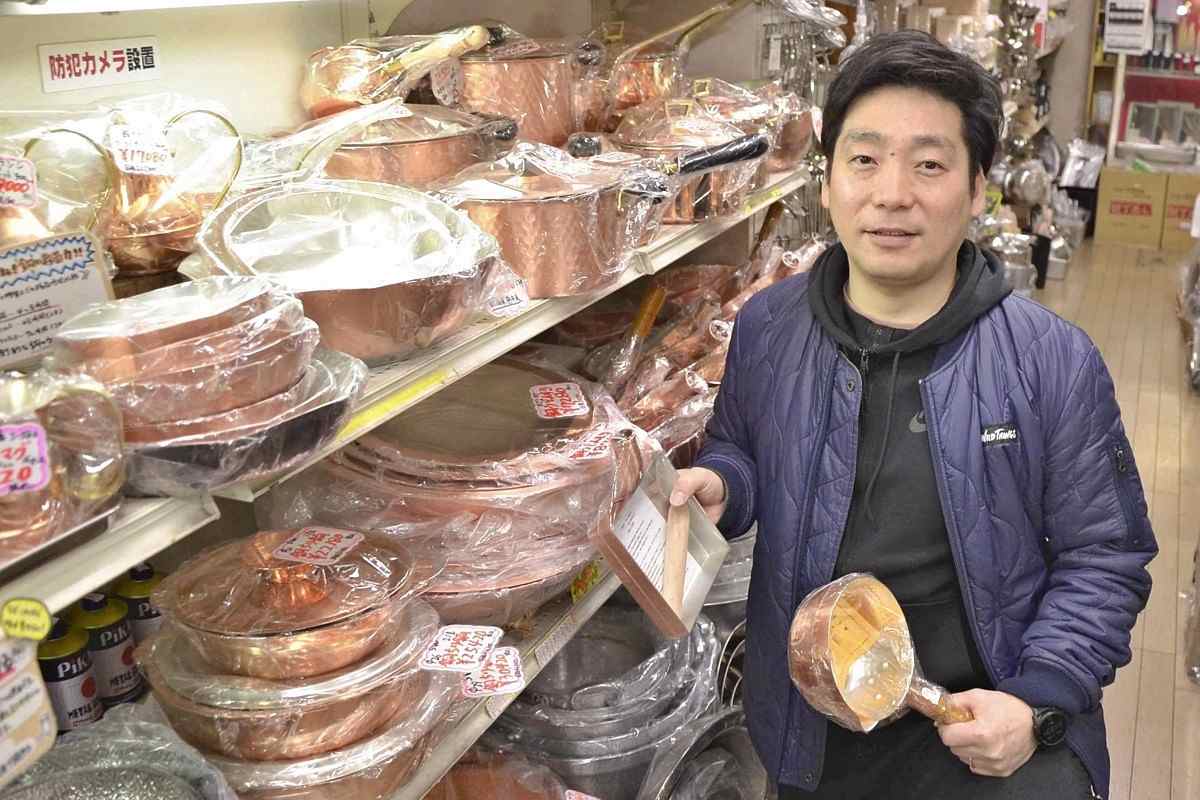
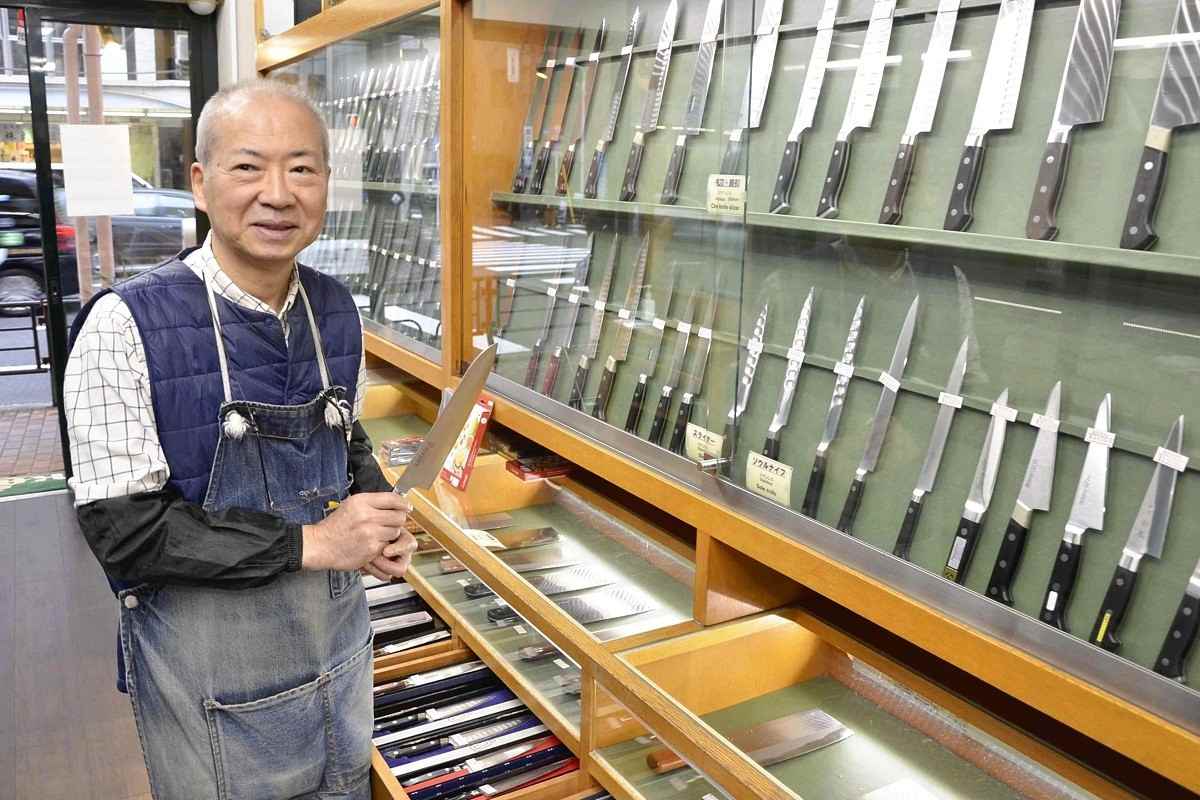
Top: Ryusaku Saito of Dogen Saito in Kappabashi Dougu Street
Bottom: Seiichi Kamata of Kamata Hakensha in Kappabashi Dougu Street, Taito Ward, Tokyo
For diabetes
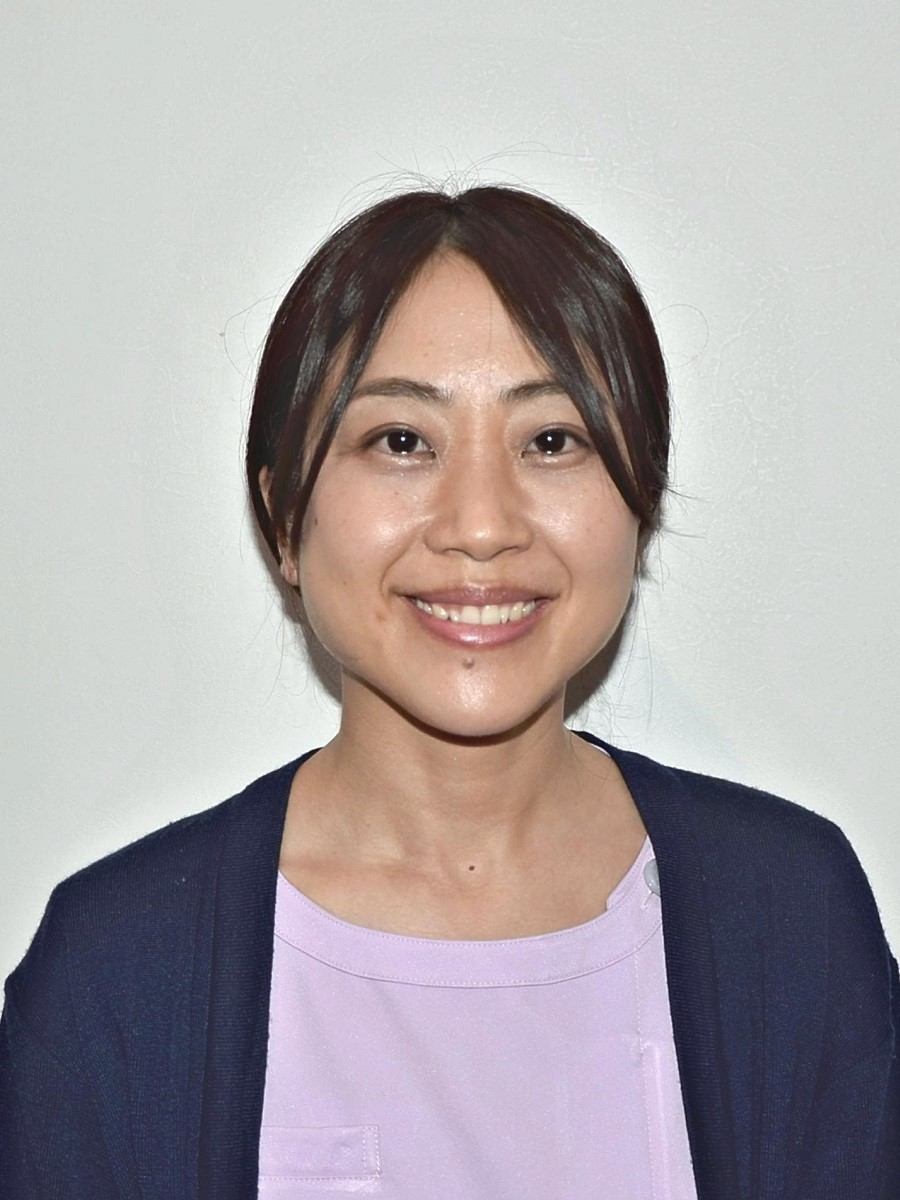
Yukari Hashimoto
Mei-Eki Higashi Clinic in Nakamura Ward, Nagoya, is frequented by many men working away from home who have diabetes or other lifestyle diseases. Four dietitians provide nutritional counseling, such as recommending low-carb diets and suggesting healthy dishes like Korean-style choregi salad with tofu, tuna and rehydrated seaweed, or filling one-pot meals using shirataki konnyaku noodles and vegetables.
Not all the patients can cook such dishes. Since 2015, the clinic has held cooking classes several times a year, teaching simple dishes like Chinese cuisine using less oil or soups made in a microwave oven. Many of the participants are men, and some patients have lost weight and improved their symptoms since they began cooking.
“Some people have business dinners or don’t have time to cook. You don’t need to be perfect but do what you can one thing at a time, and hopefully have fun on the way,” registered dietitian Yukari Hashimoto, 37, said. “Even if you are having lunch from a convenience store, you can make healthy choices by avoiding deep-fried foods and choosing vegetable dishes instead.”
Knowledge of nutrition is crucial. I have no choice but to reflect on my dietary carelessness.
"JN Specialities" POPULAR ARTICLE
-

The Japan News / Weekly Edition (12/12-12/18)
-

English-language Kabuki, Kyogen Entertain Audiences in Tokyo; Portland State University Professor Emeritus, Graduates Perform
-

Noodle Dining Shunsai / Rich Oyster Ramen to Savor at Odasaga; Experienced 68-year-old Owner Creates Numerous Ramen Varieties
-

The Japan News / Weekly Edition (12/5-12/11)
-

People Keep Loved Ones’ Ashes Close in Special Jewelry, Small Urns as Unique Way to Memorialize Them
JN ACCESS RANKING
-

Keidanren Chairman Yoshinobu Tsutsui Visits Kashiwazaki-Kariwa Nuclear Power Plant; Inspects New Emergency Safety System
-

Imports of Rare Earths from China Facing Delays, May Be Caused by Deterioration of Japan-China Relations
-

University of Tokyo Professor Discusses Japanese Economic Security in Interview Ahead of Forum
-

Japan Pulls out of Vietnam Nuclear Project, Complicating Hanoi’s Power Plans
-

Govt Aims to Expand NISA Program Lineup, Abolish Age Restriction


